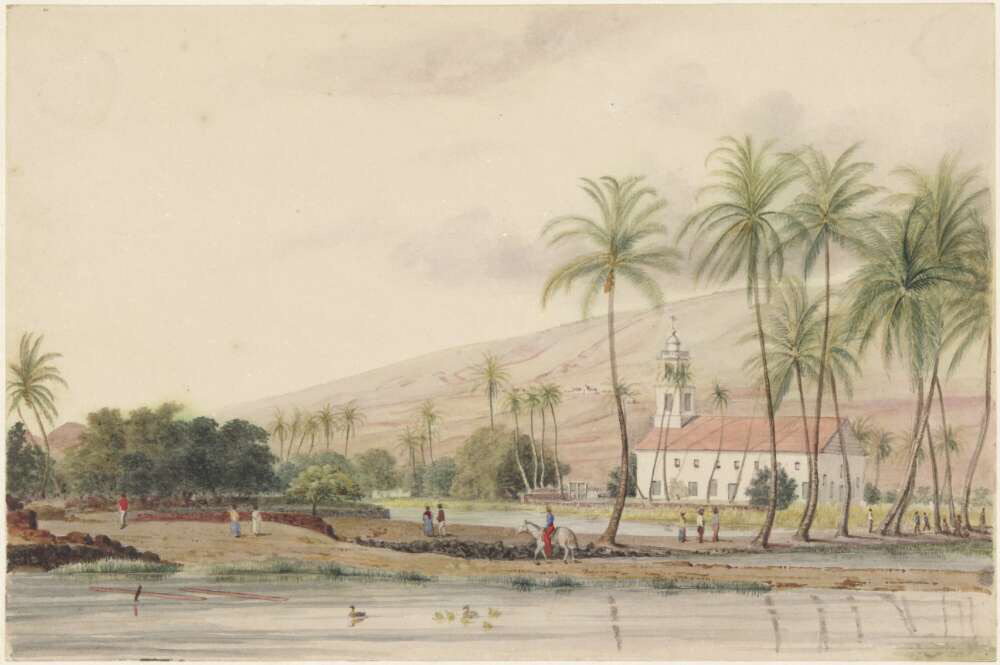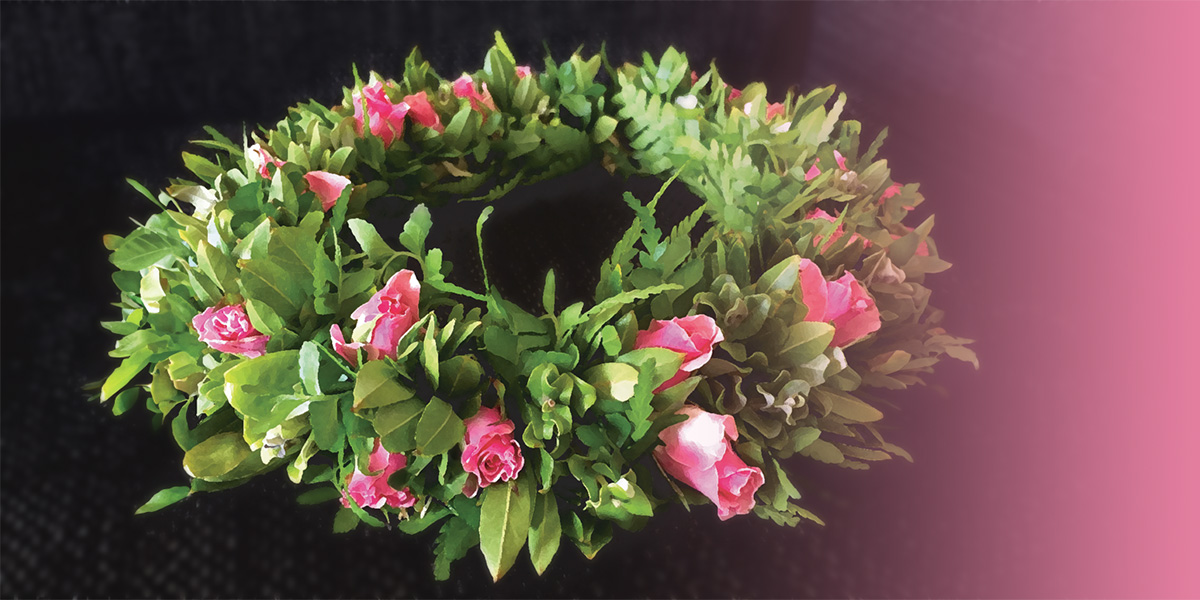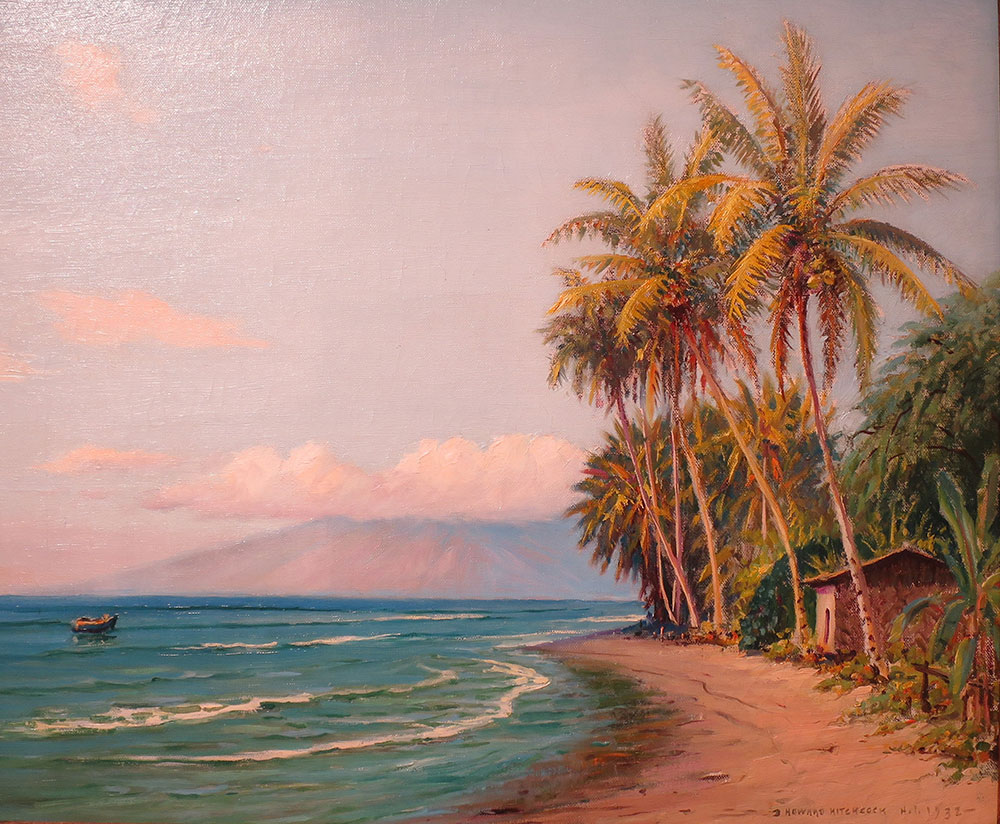
Mo‘olelo Nūpepa
Hawaiian language newspapers contain a vast body of knowledge largely untapped by the general public of today. From 1834-1948, these nūpepa provided an outlet for all Hawaiians to share information from one end of the archipelago to the other and from one generation to the next through the printed word, illustrations, and eventually, photography. This collection of articles consists of first-hand accounts from people who lived through a critical period of social, economic, and political change in our islands.
• Ka Moʻolelo o ke Kūlanakauhale ʻo Lahaina, 1898 (Māhele 1)
• Ka Moʻolelo o ke Kūlanakauhale ʻo Lahaina, 1898 (Māhele 1, continued)
• Niniu ka Malu ʻUlu o Lele, 1871 (No nā Makani)
The articles below are shared with us by the staff of He Aupuni Palapala, a multi-year project that is preserving and digitizing the original copies of Hawaiian language newspapers in repositories around the pae ʻāina. This collaborative effort is a partnership between Bishop Museum and Awaiaulu, with support from Kamehameha Schools.
• Lahaina Town, 1901
• Lahaina Water Rights, 1895
• Kauaʻula, the Powerful Wind of Lahaina, 1867
• A Lament for Lahainaluna, 1862
• Back to School, 1877






